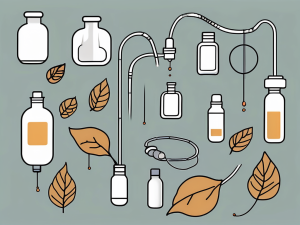10 Effective Strategies To Manage Anxiety During Cancer Treatment
Anxiety is a prevalent and often overwhelming phenomenon experienced by many individuals undergoing cancer treatment. The correlation between anxiety and cancer treatment will be examined, along with the indicators and manifestations that warrant attention. An array of methodologies for the management of anxiety will be deliberated, encompassing pharmaceutical














